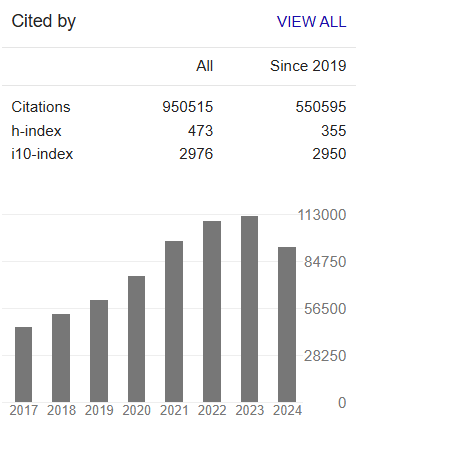Overview of Biological Treatment Technologies for Greywater Reuse
Abstract
AE Ghaly, EN Abdelrahman, RH Emam, NS Mahmoud, MM Ibrahim, EA Mostafa, MA Kassem and MH Hatem
Greywater is a wastewater discharge originating from kitchen sinks, showers, baths, washing machines and dishwashers. Properly treated greywater can be recycled to meet global water shortages that is expected to affect 2.7 billion people around the world by 2025. Global water shortage can result in a reduction in agricultural land and increased dissertation leading to poverty, faming, war, illegal migration and human trafficking. Greywater contains fewer pathogens than domestic wastewater, is generally safer to handle and easier to treat and reuse onsite for toilet flushing, landscape and crop irrigation. Recycling of grey water provides substantial benefits for both the water supply system by reducing the demand for fresh clean water, and for the wastewater system by reducing the amount of wastewater required to be conveyed and disposed of. In this paper, the existing biological treatment systems for greywater are reviewed. These are: (a) constructed wet land, (b) sequencing batch reactor, (c) vertical flow bioreactor, (d) membrane bioreactor, (e) up-flow anaerobic sludge blanket, (f) rotating biological contractors, (g) trickling filters, (h) aerated lagoons, (i) anaerobic up-flow filter, and (j) expanded bed up-floe reactor. In a biological treatment, the degradation and transformation of greywater constituents are facilitated by the biochemical reactions carried out by microorganisms in the liquid medium. However, the effluent of biologically treated greywater may contain pathogenic microorganisms, requiring a final disinfection step to eliminate the risk of contracting pathogenic diseases. Selection criteria for a disinfectant include: (a) non-toxicity to humans, domesticated animals, and aquatic ecosystems, (b) low cost (c) easy handling, (d) reliable analysis, and (e) a satisfactory residual concentration. Any disinfection process selected (whether chemical oxidants or irradiation treatment is selected) should be evaluated taken into consideration the conditions of the wastewater source and existing biological treatment design.



